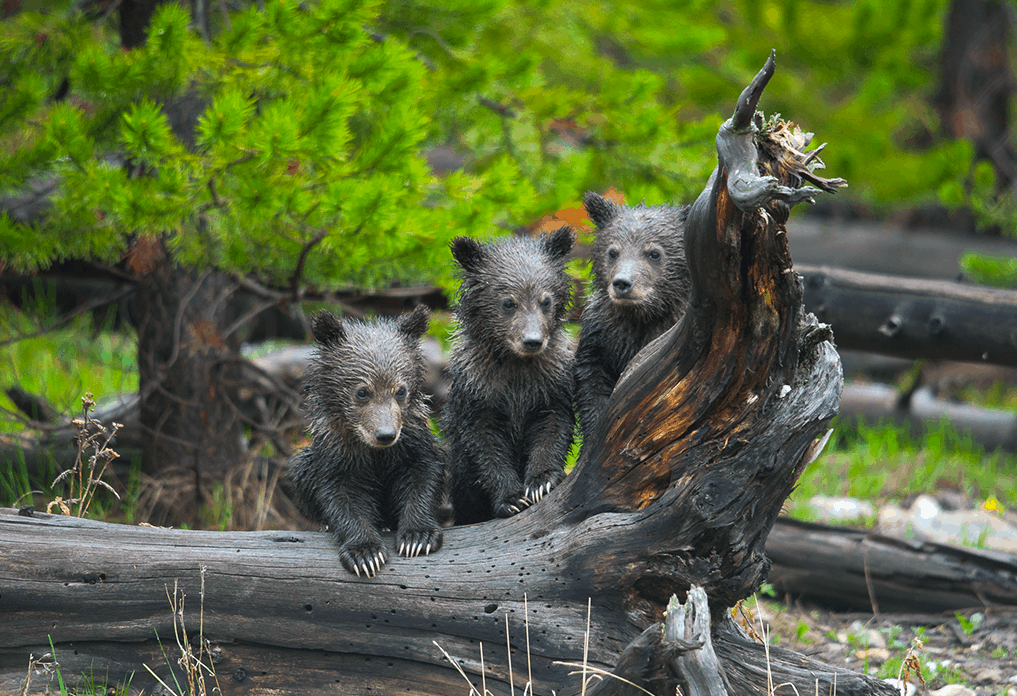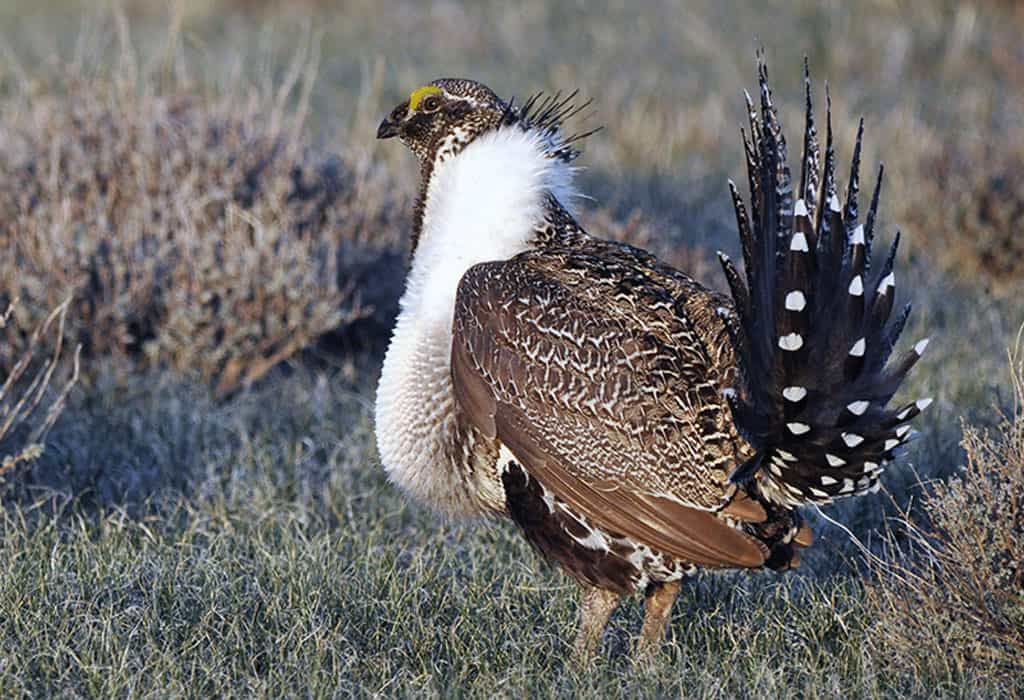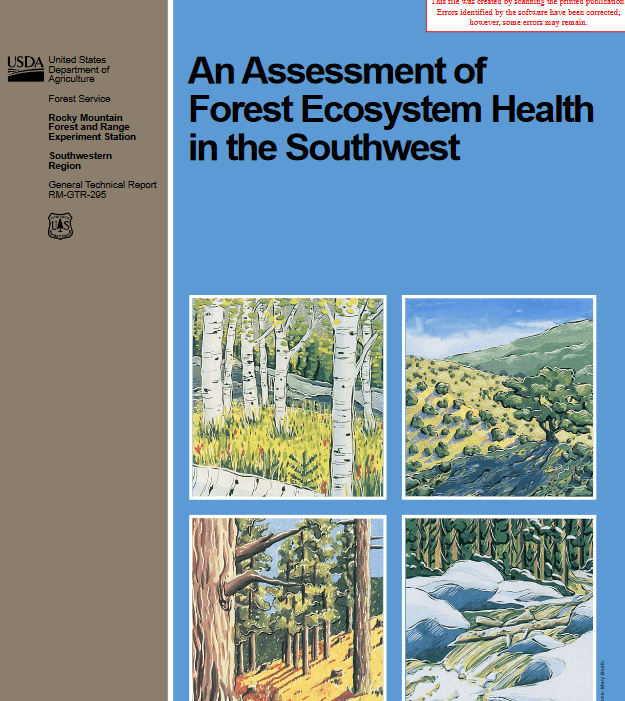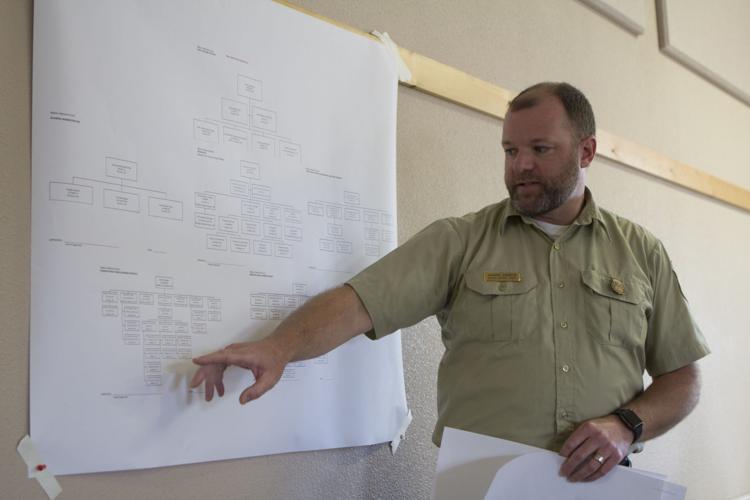Received a press release today (below) and links to a Bioregional Assessment of Northwest Forests by the US Forest Service. Lots to read and discuss. Here’s an excerpt from the introduction:
Although there are benefits from consistent land management policy, land managers struggle with a one size fits all management approach that does not always fit the circumstances. For example, some plan direction hasn’t worked well in distinguishing between the dry and wet forest ecosystems across the national forests and grasslands in the BioA area, especially given the fire adapted ecology of some forests. The landscape-level amendments have focused on protecting and developing habitat for aquatic and old forest-dependent species, and they don’t necessarily reflect today’s understanding of dynamic landscapes. Some habitat types in the wetter parts of the region, such as vegetation that emerges after forest-replacing disturbances, are becoming scarce across the landscape. And, although the Forest Service is one of the largest suppliers of outdoor recreational opportunities in the area, the NWFP and other land management plans and amendments lack modern direction supporting sustainable recreation.
The BioA offers management recommendations to address some of these challenges. As the modernization effort moves into individual national forest and grassland assessments, analyses, and planning, we will use the BioA as a tool during conversations with diverse stakeholders to more fully address the social aspects surrounding natural resource management.
We acknowledge that land management planning alone won’t resolve conflicts in values or tradeoffs. We are committed to learning how and why stakeholders hold different values and to providing transparent public engagement opportunities throughout the entire planning process to increase shared learning and build trusting relationships. We believe that improving and maintaining trust among the Forest Service, Tribes, other agencies, local partners, and communities is essential to developing broadly supported land management plans, which help ensure that we’re moving toward the desired conditions on the lands we manage. With public and stakeholder participation, we’ll determine what current land management plan direction should be carried forward and what can be improved upon based on new information, today’s issues, and what best meets the needs of today’s communities and stakeholders.
^^^^^^^^^^^^^^^^^^^^^^^^^^^^^^^^^^^^^^^^^^^^^^^^^^^
Press release, July 8, 2020:
Forest Service Releases Assessment of Current Conditions of Northwest Forests
The U.S. Department of Agriculture’s Forest Service released a Bioregional Assessment evaluating the social, economic and ecological conditions and trends covering 19 units across WA, OR and northern CA in a brief and easy-to-understand format. The assessment uses the best available science and focuses on capturing current conditions and changes on the national forests and grasslands. It provides recommendations on how the Forest Service could address the challenges facing forests, grasslands and communities in the plans that govern how land management decisions are made.
“The release of this assessment gives our region the data and scientific analysis to make future well-informed, landscape-level decisions that benefit our six northern forests,” said Randy Moore, regional forester for the Pacific Southwest Region in California. “Furthermore, we’re now able to move forward and prepare for updating land management plans to provide essential commodities and recreational opportunities, manage and reduce risk from wildfires through vegetative management and other proactive landscape efforts, provide clean air, water and habitat for plants and animals, and preserve our cultural resources, for present and future generations.”
The Forest Service and other federal land management agencies are required by law to develop plans that guide the long-term management of public lands. These plans are developed using public input and the best available science. They establish priorities for land managers and provide strategic direction for how the plan area is to be managed for a period of ten years or more. They may be periodically amended or revised entirely to address changing conditions or priorities.
“This assessment will make it more efficient to modernize our land management plans and reflect the new science, and changes to social, economic, and ecological conditions across this region,” said Glenn Casamassa, regional forester for the Pacific Northwest Region in Oregon and Washington. “It will also preserve the tenets of the Northwest Forest Plan that are working well, so that work can continue effectively and efficiently.”
The Northwest Forest Plan covers nearly 25 million acres of federally managed land in Oregon, Washington and northern California focusing on managing the entire landscape for long-term social and economic stability. The Bioregional Assessment is not a decision document and does not impact current forest management. Instead, it will be used to shape ongoing engagement with stakeholders, state, county, Tribal governments and Forest Service staff as they prepare for the next steps in the planning process together.
More information on Modernizing Forest Plans in the Northwest is available online, and subscribers will receive monthly updates.





